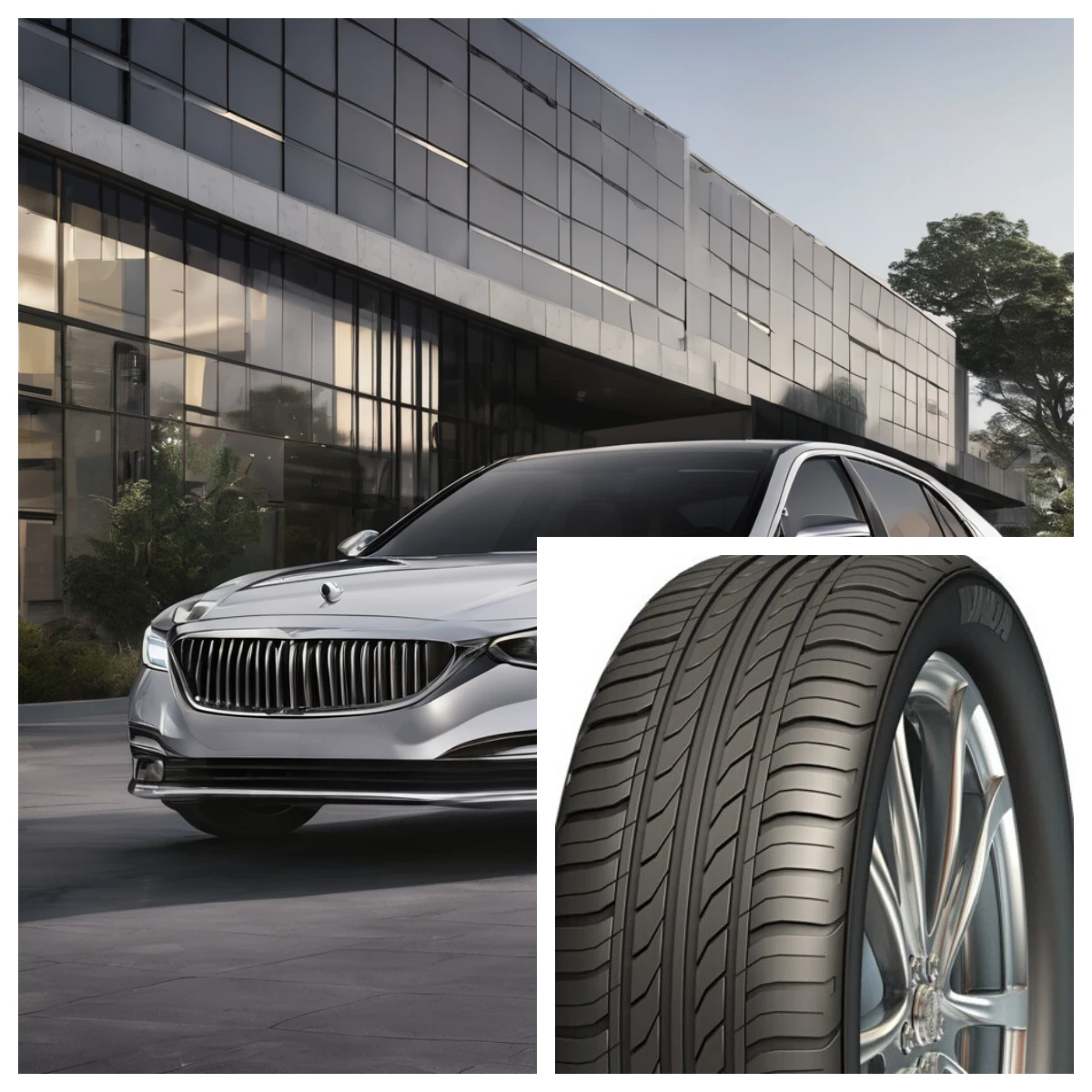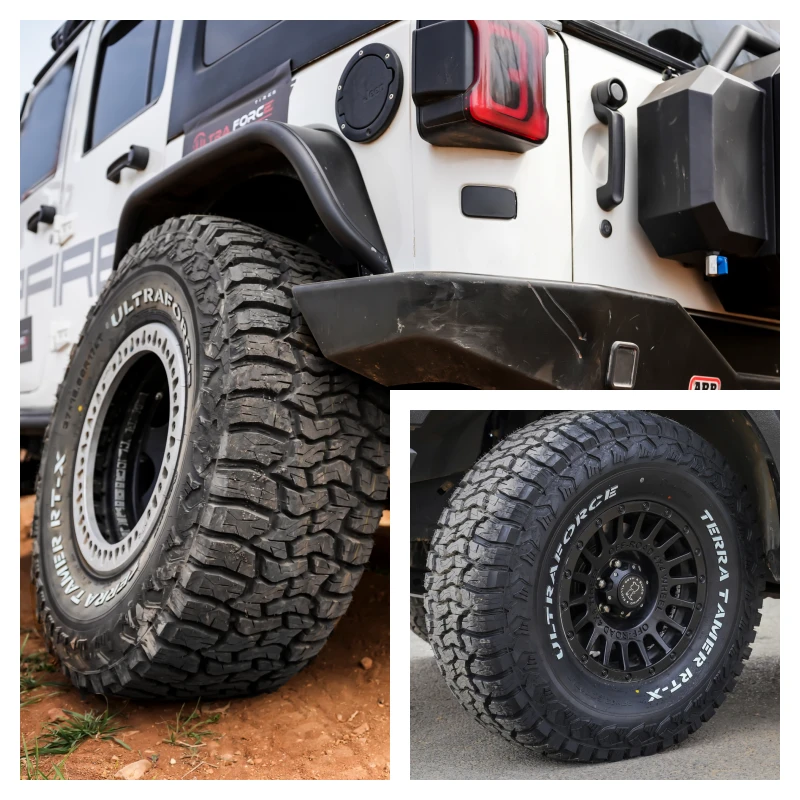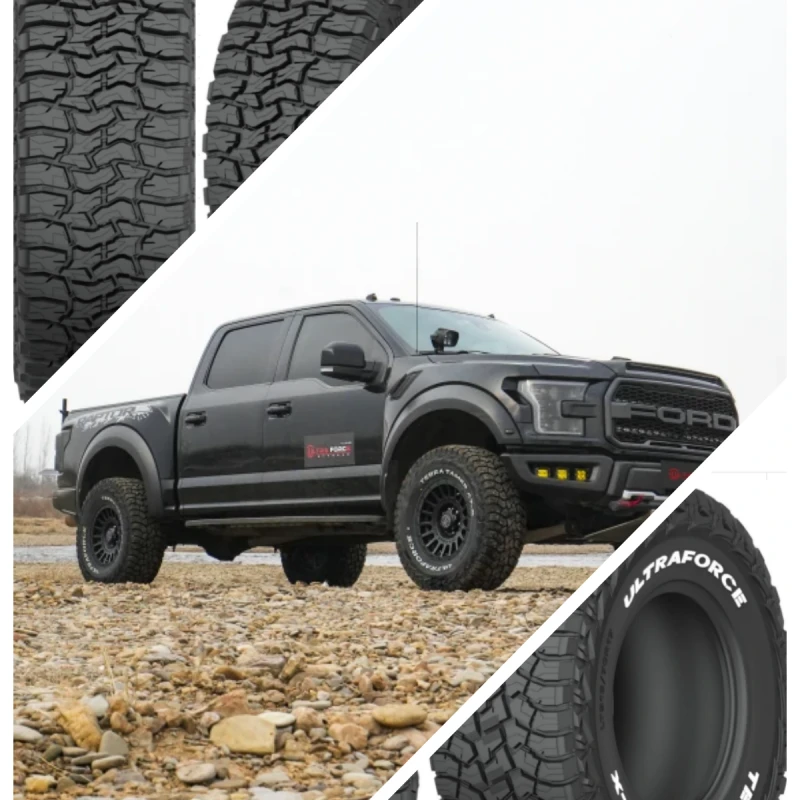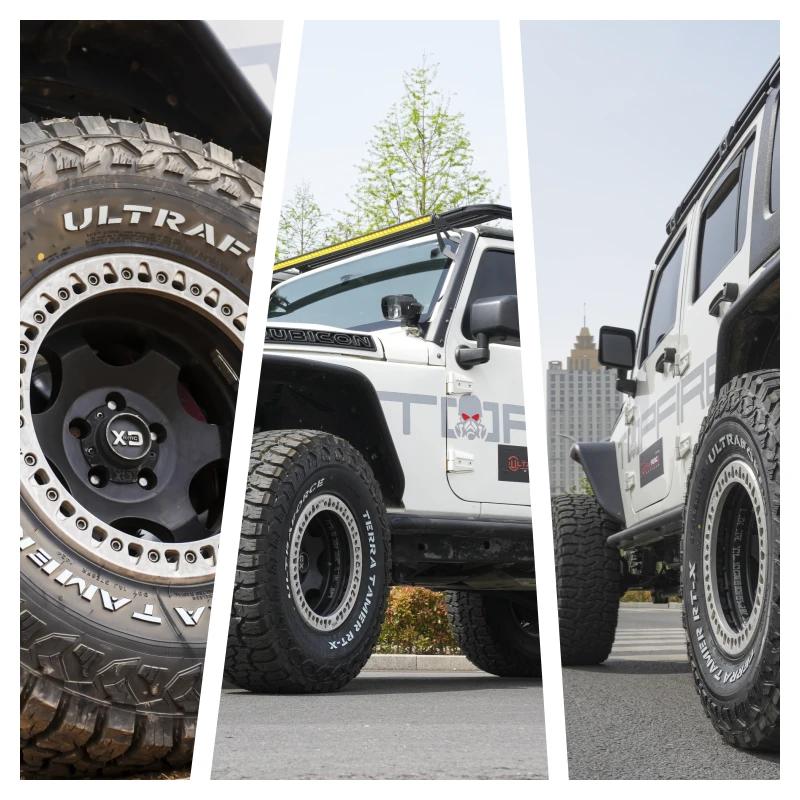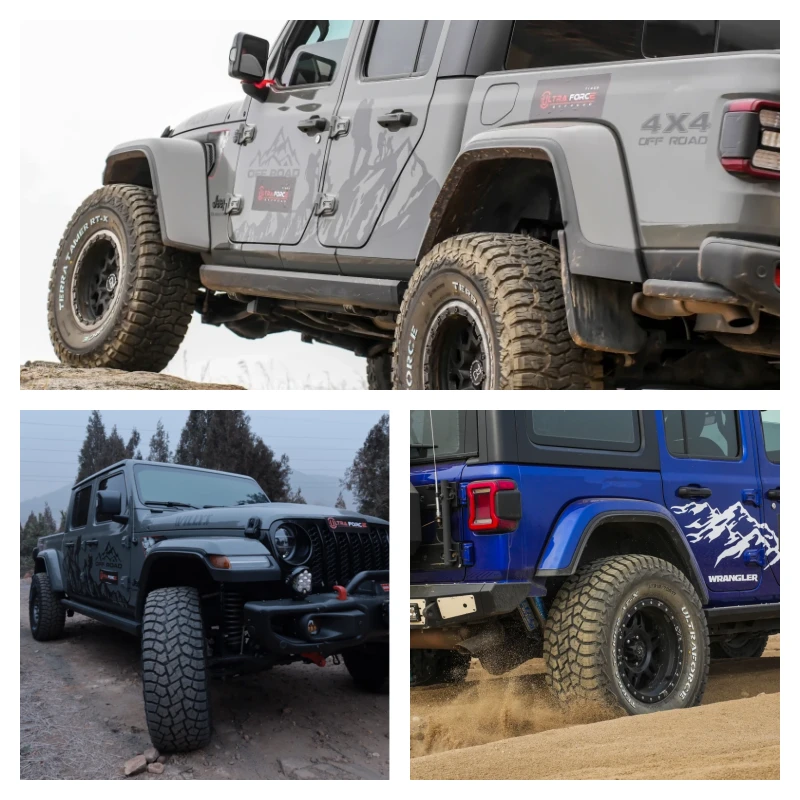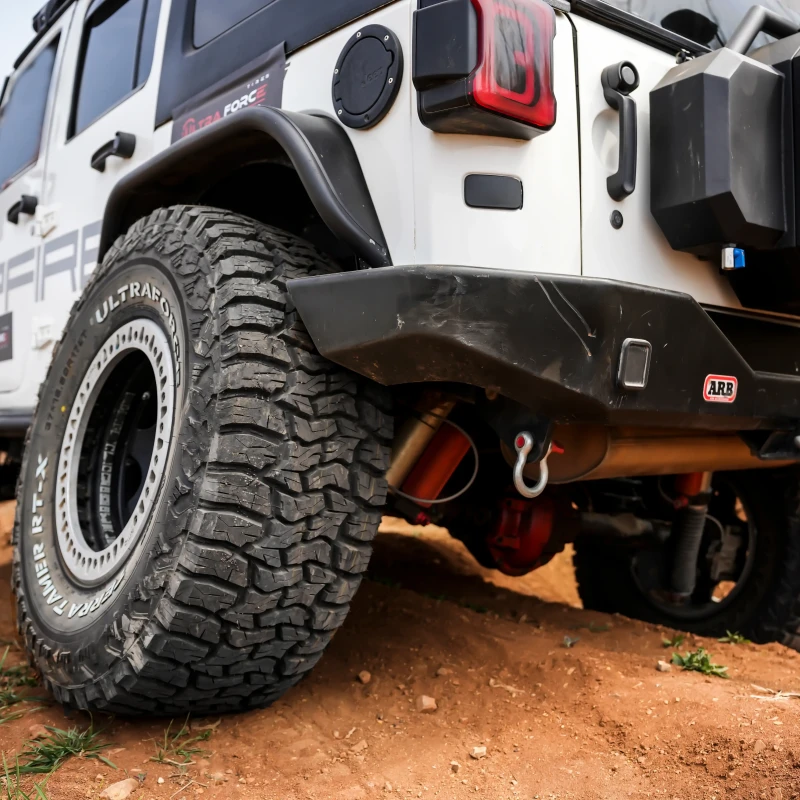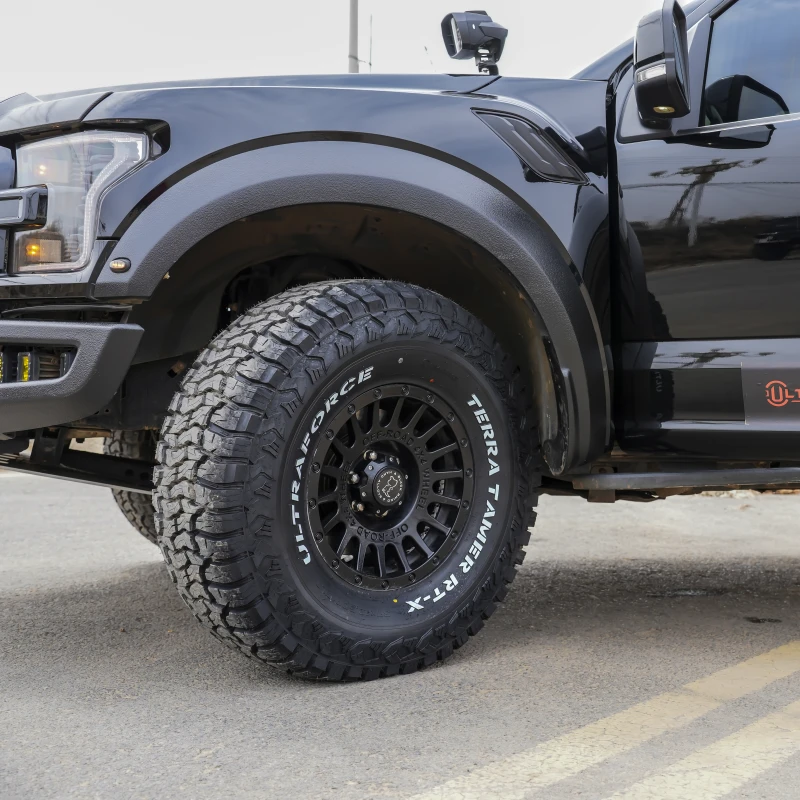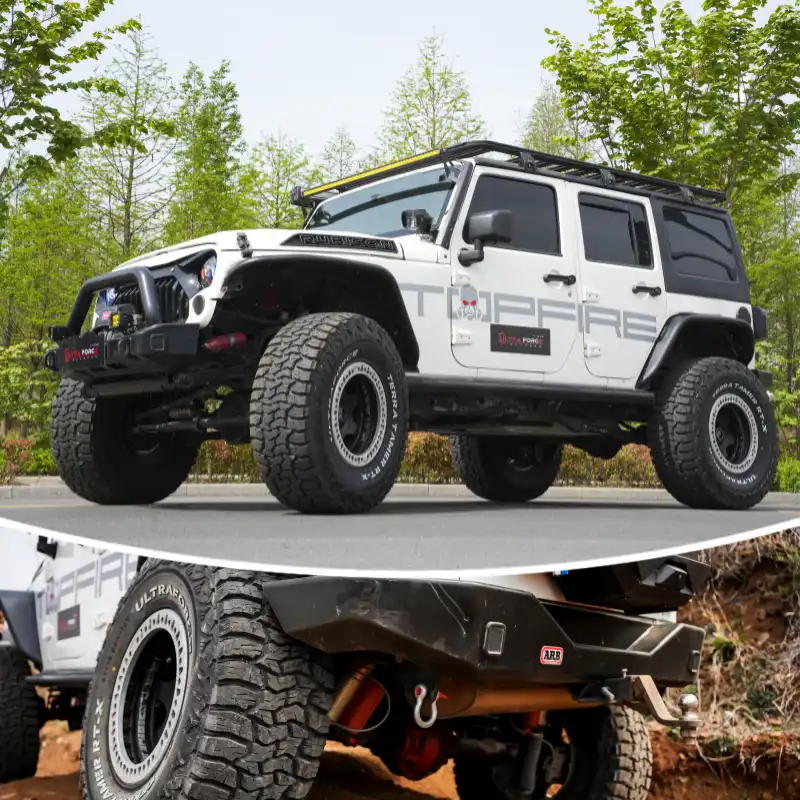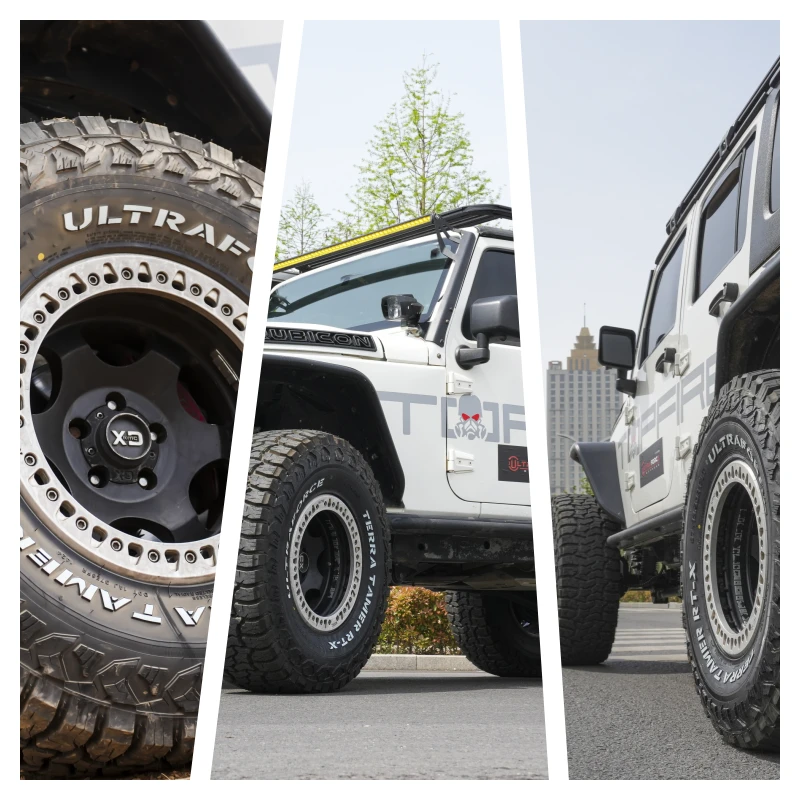How to Choose the Right Tires for Your Car
Choosing the right tires for your car is crucial for safety, performance, and comfort. With numerous options available, making an informed decision can feel overwhelming. This guide will help you navigate the essential factors to consider, ensuring you find the perfect tires tailored to your needs.
Understand Your Driving Needs
Begin by assessing your driving habits. Consider factors such as:
Driving Conditions: Do you frequently drive on highways, city streets, or off-road? Different environments require specific tire characteristics.
Climate: Weather conditions significantly affect tire performance. Are you in a region with heavy rain, snow, or extreme heat?
Vehicle Type: The type of vehicle you drive—sedan, SUV, or truck—will influence your tire choice. Different vehicles have varying weight distributions and performance requirements.
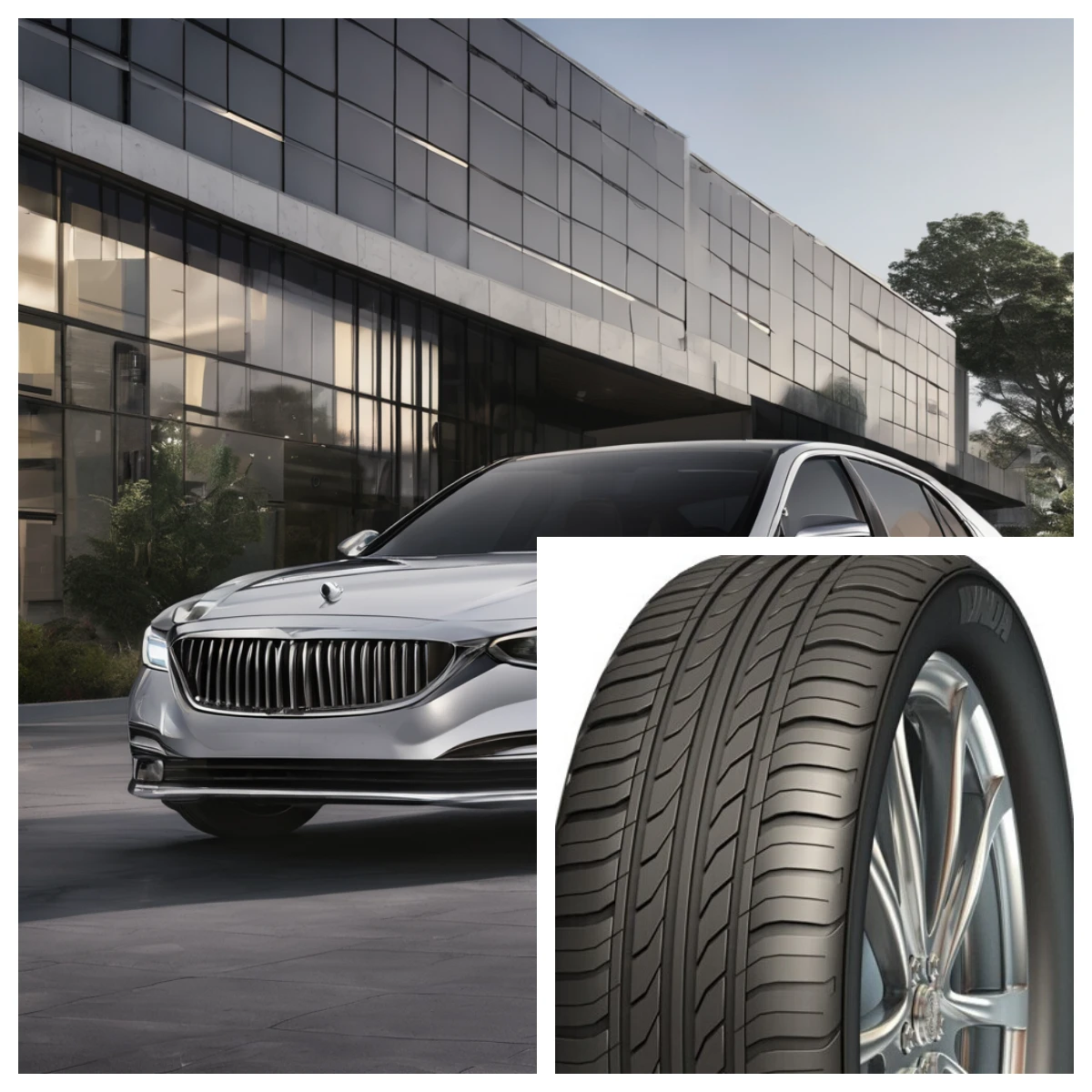
Tire Types
Familiarize yourself with the different types of tires available:
All-Season Tires: These provide a balanced performance for a variety of conditions, ideal for everyday driving.
Winter Tires: Designed for cold weather, they offer enhanced grip on snow and ice.
Performance Tires: These are engineered for high-speed stability and handling, perfect for sports cars or enthusiasts.
Off-Road Tires: Built for rugged terrains, these tires excel in traction and durability on unpaved roads.
Understanding these categories will help you align your tire choice with your driving needs.
Tread Design
The tread pattern affects traction, handling, and noise levels. Consider:
Symmetrical Tread: Common in all-season tires, providing a smooth ride and good handling.
Asymmetrical Tread: Offers superior grip and stability, ideal for performance driving.
Mud and Snow Tread: Designed with deeper grooves for better traction in adverse conditions.
Choose a tread design that suits your primary driving environment.
The Key Differences Between All-Season and Winter Tires
When deciding between all-season and winter tires, understanding their fundamental differences is essential for optimal performance and safety.
All-Season Tires: These tires are designed to provide a balanced performance in various weather conditions, making them suitable for mild climates. They feature a tread pattern that offers decent traction on both wet and dry roads. However, their performance diminishes in extreme winter conditions. According to the Tire Industry Association, all-season tires have a tread compound that remains effective in temperatures above 45°F but can harden in colder conditions, reducing grip.
Winter Tires: Specifically engineered for cold weather, winter tires contain a softer rubber compound that remains flexible in freezing temperatures, ensuring better grip. They feature deeper tread depths and unique patterns designed to enhance traction on snow and ice. For example, a study by the Rubber Association of Canada showed that winter tires can reduce stopping distances by up to 30% compared to all-season tires on icy roads.
Choosing the Right Tire: If you live in a region with harsh winters, investing in winter tires is crucial. A study by Consumer Reports indicated that vehicles equipped with winter tires had a significant advantage in braking performance, cornering stability, and overall safety during winter conditions. In contrast, if your area experiences mild winters with occasional rain, all-season tires might suffice. Always consider local weather patterns, driving habits, and road conditions when making your decision.
Effect of Tire Size and Specifications on Performance
Tire size and specifications play a critical role in a vehicle's performance, affecting handling, comfort, and fuel efficiency.
Understanding Tire Size: Tire size is typically denoted in a format such as P225/65R17. Each component provides valuable information:
P: Indicates the tire is for passenger vehicles.
225: Refers to the tire's width in millimeters.
65: The aspect ratio, indicating the height of the tire's sidewall as a percentage of its width.
R: Stands for radial construction.
17: The diameter of the wheel in inches.
Performance Impact: The width of a tire affects grip and handling. Wider tires (e.g., P245) can offer more traction, especially in dry conditions. However, they can also increase rolling resistance, which may slightly reduce fuel efficiency. According to a study by the National Highway Traffic Safety Administration, tire width can affect cornering stability and braking performance, making it crucial to choose a width that aligns with your driving style and conditions.
Aspect Ratio: A lower aspect ratio (e.g., 40 vs. 65) means a shorter sidewall, which can improve handling and responsiveness but may result in a harsher ride. Conversely, higher aspect ratios provide a softer ride, beneficial for comfort but may compromise handling in high-speed scenarios.
Choosing the Right Size: Always refer to your vehicle's owner manual for manufacturer-recommended tire sizes. Deviating from these specifications can lead to issues such as reduced speedometer accuracy, compromised safety, and potential vehicle handling problems. Data from tire manufacturers indicates that selecting the correct size enhances both performance and safety, underscoring the importance of proper tire specifications.
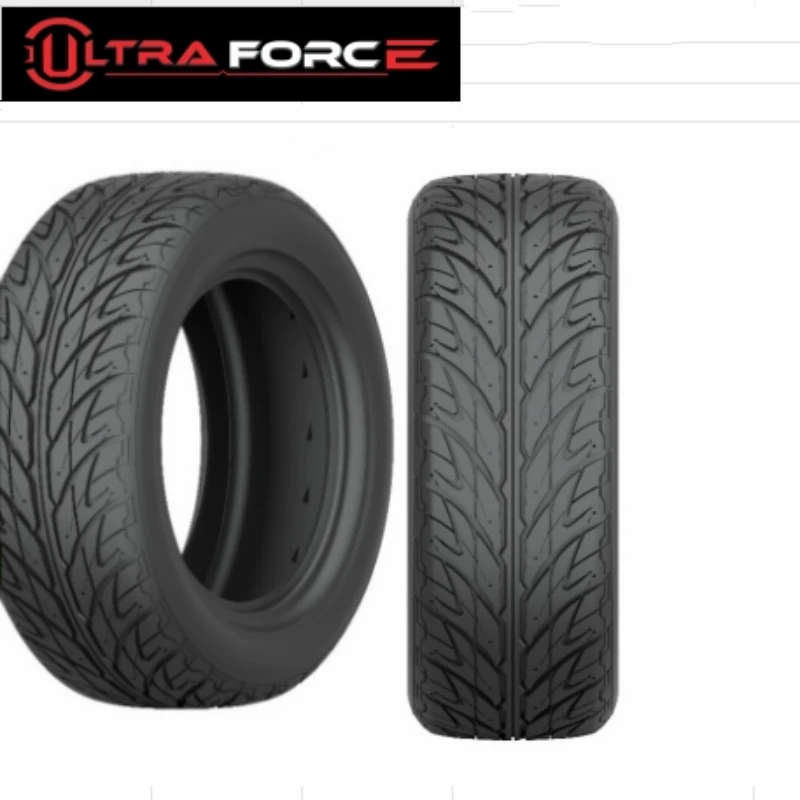
The Impact of Tire Pressure on Vehicle Performance
Tire pressure significantly influences vehicle performance, fuel efficiency, and safety. Maintaining the correct pressure is crucial for achieving the best results from your tires.
Impact on Fuel Efficiency: According to the U.S. Department of Energy, under-inflated tires can lower fuel economy by approximately 0.2% for every 1 psi drop in pressure. For instance, if your tires are under-inflated by just 10 psi, you could see a decrease in fuel economy of up to 2%. This adds up over time, leading to increased fuel expenses. Regularly checking and maintaining proper tire pressure can help save money at the pump.
Safety Concerns: Under-inflation can lead to overheating, increasing the risk of tire blowouts. A report by the NHTSA indicates that under-inflated tires contribute to about 10% of vehicle crashes annually due to loss of control. Conversely, over-inflated tires can result in reduced contact with the road, leading to diminished traction and increased braking distances. Maintaining the recommended tire pressure can mitigate these risks, promoting a safer driving experience.
Handling and Comfort: Proper tire pressure also affects handling and ride comfort. Tires that are too soft may lead to sluggish handling and poor steering response, whereas over-inflated tires can make the ride feel harsh and less stable. A study from the Tire Society found that maintaining optimal tire pressure can enhance vehicle responsiveness, improving cornering stability and overall driving dynamics.
Tire Longevity: Maintaining the correct tire pressure can significantly extend the lifespan of your tires. According to the Tire Industry Association, tires that are properly inflated can last up to 25% longer than those that are under-inflated. Proper inflation helps prevent uneven wear, ensuring that the tires maintain their performance characteristics over time.
Regularly checking and maintaining the correct tire pressure is vital for fuel efficiency, safety, handling, and tire longevity. By investing a few minutes each month to monitor tire pressure, you can ensure a safer and more efficient driving experience.
Performance Ratings
Pay attention to performance ratings, which provide insights into tire capabilities:
UTQG (Uniform Tire Quality Grading): This system rates tires based on treadwear, traction, and temperature resistance.
Load Index: Indicates the maximum load a tire can safely carry. Ensure your tires can handle the weight of your vehicle.
Speed Rating: This letter denotes the maximum speed the tire can safely maintain. Choose tires that match or exceed your vehicle's capabilities.
Brand Reputation
Select reputable tire brands known for quality and reliability. Research customer reviews and expert opinions to ensure you’re choosing a manufacturer that stands behind their products.
Cost Considerations
Tires can vary significantly in price. While it may be tempting to opt for the cheapest option, consider the long-term value. Investing in quality tires can enhance safety, performance, and fuel efficiency.
Installation and Maintenance
Once you’ve selected the right tires, proper installation and maintenance are vital. Consider the following:
Professional Installation: Ensure tires are mounted and balanced correctly by professionals.
Regular Rotations: Rotating your tires every 5,000 to 7,500 miles promotes even wear and extends tire life.
Pressure Checks: Regularly check tire pressure to optimize performance and fuel efficiency.
The Benefits of Regular Tire Maintenance
Regular tire maintenance is essential for maximizing tire lifespan, improving safety, and enhancing vehicle performance.
Benefits of Tire Rotations: Regularly rotating your tires helps ensure even wear. According to the Tire Rack, tires that are rotated every 5,000 to 7,500 miles can last up to 25% longer than those that are not. Uneven tire wear can lead to compromised handling and increased risk of blowouts.
Pressure Checks: Maintaining proper tire pressure is crucial for safety and performance. The National Highway Traffic Safety Administration reports that under-inflated tires can reduce fuel efficiency by 0.4% for every 1 psi drop in pressure. Additionally, under-inflation increases tire wear and the risk of tire failure. Checking tire pressure monthly, especially before long trips, can significantly enhance both safety and fuel economy.
Tread Depth Monitoring: Monitoring tread depth is vital for maintaining traction and safety. A simple method to check tread depth is the penny test—insert a penny into the tread; if you can see all of Lincoln’s head, it’s time to replace the tire. Research indicates that tires with worn tread can increase stopping distances significantly, especially on wet surfaces. According to a study from the University of Michigan, worn tires can increase the likelihood of hydroplaning, further emphasizing the importance of tread maintenance.
By implementing regular tire maintenance practices—such as rotation, pressure checks, and tread monitoring—you can extend the lifespan of your tires, improve safety, and enhance your vehicle's overall performance. These simple steps can save money in the long run and ensure that you enjoy a safe driving experience.
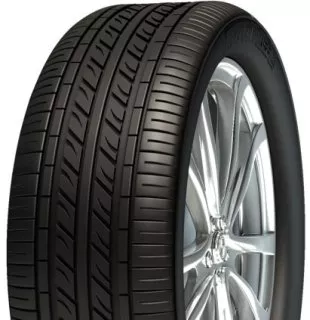
When to Replace Your Tires?
Knowing when to replace your tires is crucial for ensuring safety and optimal performance. Several indicators can help you determine the right time for a change.
Tread Depth: One of the most important factors in tire replacement is tread depth. The legal minimum tread depth in many places is 2/32 of an inch, but experts recommend replacing tires when tread depth reaches 4/32 of an inch for optimal safety. A study by the National Highway Traffic Safety Administration (NHTSA) found that tires with insufficient tread can increase stopping distances by up to 30% on wet roads, significantly elevating the risk of accidents. To check tread depth, you can use the penny test: insert a penny into the tread with Lincoln’s head facing you. If you can see all of Lincoln's head, it's time for new tires.
Visible Damage: Regularly inspect your tires for signs of visible damage, such as cracks, bulges, or punctures. According to the Tire Industry Association, tires with sidewall bulges are at a higher risk of blowouts, especially at high speeds. If you notice any significant damage, consult a tire professional for an assessment, as it might warrant immediate replacement.
Age of Tires: Tires degrade over time, even if they appear to have adequate tread. The Rubber Manufacturers Association recommends replacing tires every six years, regardless of tread depth. In extreme conditions or for heavy usage, such as frequent off-roading, you may need to replace them sooner. A survey conducted by the Tire Retread Information Bureau indicated that tires older than ten years pose a significant safety risk and should be replaced immediately, regardless of tread condition.
Performance Issues: If you experience a noticeable decline in handling, grip, or ride comfort, it may signal that your tires are past their prime. Increased road noise or vibration can also indicate that tires are wearing unevenly or have become misaligned. According to a study by Consumer Reports, tires that show signs of uneven wear can compromise vehicle stability, especially during cornering or emergency maneuvers.
Regularly monitoring your tires for tread depth, visible damage, age, and performance issues will help you make informed decisions about replacements. Keeping your tires in optimal condition is essential for safety and performance, ultimately contributing to a smoother and safer driving experience.
Choose The Right Tire for Off-Roading
Choosing the right tire for off-roading involves understanding the specific requirements of off-road conditions and the characteristics of various tire types.
Terrain Consideration: Different terrains—such as mud, sand, rocks, and gravel—require specific tire designs. For example, tires designed for mud typically have larger voids and aggressive tread patterns to enhance traction in slippery conditions. A study by the American Society of Agricultural and Biological Engineers found that specialized mud tires improved vehicle performance in soft, muddy terrains by over 30% compared to all-terrain tires.
Tread Design: Off-road tires generally feature deeper tread depths and more aggressive patterns to provide better grip and self-cleaning capabilities. For rocky terrains, tires with reinforced sidewalls can prevent punctures and damage. Conversely, tires designed for sand need wider footprints to prevent sinking, providing better flotation.
Tire Construction: When off-roading, it’s crucial to consider tire construction. Many off-road tires are made with more durable rubber compounds to withstand harsh conditions. A report from the Tire Retread Information Bureau indicates that reinforced tires with additional plies enhance puncture resistance, making them ideal for rugged terrains.
Vehicle Compatibility: Ensure the tires you choose are compatible with your vehicle type and usage. For example, heavier vehicles like trucks may benefit from tires specifically designed for load-bearing capacities. A study conducted by the Society of Automotive Engineers found that using tires not suited for a vehicle’s weight can lead to premature wear and performance issues.
Recommendations from Experts: Consulting off-road enthusiasts or professionals can provide valuable insights. Online forums and communities often discuss the best tires for specific terrains and vehicles. Additionally, tire manufacturers frequently provide detailed specifications and recommendations based on the intended use of their products.
Conclusion: Selecting the right tire for off-roading involves understanding the terrain, tire tread design, construction, and vehicle compatibility. Investing time in research and considering expert recommendations can significantly enhance your off-road experience, ensuring safety and performance on rugged trails.
Conclusion
Choosing the right tires for your car is essential for a safe and enjoyable driving experience. By considering your driving needs, tire types, tread design, size, performance ratings, brand reputation, and maintenance, you can make an informed decision that suits your lifestyle.
At UltraForce Tires, we understand the importance of quality tires for your driving adventures. As a professional designer and manufacturer of off-road and passenger tires, we are dedicated to providing products that excel in performance, durability, and superior traction. Our diverse range of tires is crafted to meet the demands of various terrains and weather conditions—from sandy beaches to rocky trails.
With decades of experience in product development and global export, we offer customized services, including tread and sidewall design, size design, branding, and performance adaptations tailored to your specific driving conditions. Trust UltraForce Tires to be your ultimate companion on every journey. Explore our range today and elevate your driving experience! Contact us now!
